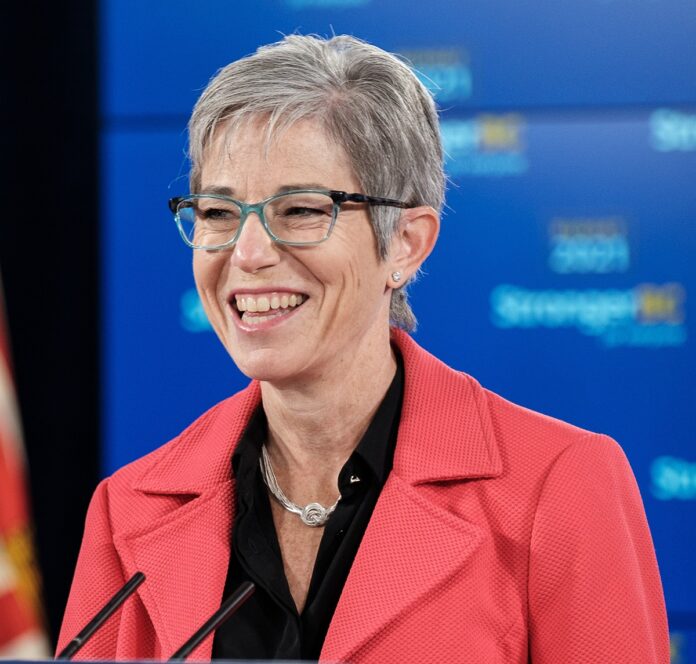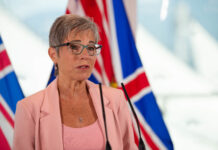BRITISH Columbia remains well-positioned to continue supporting people and navigating emerging global economic headwinds with an improved second-quarter fiscal update, the Province announced on Friday.
Consistent with other jurisdictions, the Second Quarterly Report confirms a fast economic recovery has led to stronger-than-expected revenues in B.C.
The Province’s operating surplus is $5.7 billion, an improvement of $5 billion over the First Quarterly Report. The change was primarily driven by a significant update from the Canada Revenue Agency (CRA) for 2021 personal and corporate income tax results.
“The Second Quarterly Report shows that we have experienced a faster economic recovery than private- or public-sector economists initially forecasted,” said Selina Robinson, Minister of Finance. “The changes we’re seeing are primarily due to updated income tax revenue data from the Canada Revenue Agency here in B.C. and across the country – far beyond what was forecasted when we built our budget.”
B.C. continues to introduce new cost-of-living measures, including the new BC Affordability Credit announced by Premier David Eby last week. The total cost-of-living measures rolled out since the summer cost approximately $2 billion:
* $395 million for ICBC rebates delivered in summer 2022
* $64 million for the School Affordability Fund in fall 2022
* $1 billion for Climate Action Tax Credit and BC Affordability Credit increases in October 2022 and January 2023
* $320 million for a one-time BC Hydro bill credit for BC Hydro customers this winter
* $100 million for enhanced BC Family Benefit payments from January to March 2023
In addition, families will begin saving up to $550 per month in child care costs starting in December 2022.
“We’re in a strong position to continue using the resources we have to deliver results on the issues that matter the most to people: housing; public safety; health care; climate change; and building a sustainable economy,” Robinson said. “No matter what is on the horizon, our government will continue to be here to support people in B.C.”
In the coming weeks, and as part of the budget process, the minister of finance will meet with members of the Economic Forecast Council and the ESG Advisory Council to discuss issues affecting the province’s economy and future forecasts. The Third Quarterly Report, including an economic forecast, will be released with Budget 2023 on February 28.
Quick Facts:
* The CRA provides provinces and territories with point-in-time data for personal and corporate income tax revenues.
* Information for the 2021 tax year starts becoming available after tax returns are filed in the spring and summer of 2022, and final assessments are completed in March 2023.
* The increased revenue data for personal and corporate income taxes in the Second Quarter reflect these updates from the CRA.
* Year-to-date to October 2022, employment is up 3.4%, with the unemployment rate near historic lows at 4.2%.
* Revenues have risen to $81.1 billion, while expenses have decreased to $75.1 billion since the First Quarterly Report.
* Updated cost estimates for labour negotiations decreased by $1.1 billion in 2022-23, with higher costs in the next two years.
* The taxpayer-supported debt-to-GDP ratio is projected to improve to 15.8%, from the 17% forecast in the First Quarterly Report and the interest bite for taxpayer-supported debt is the lowest it has been for more than 30 years at 2.3 cents per dollar of revenue.
* Contingencies for pandemic and recovery, and flood recovery, in 2022-23 remain unchanged from budget, at $2 billion and $400 million respectively.
Learn More:
To read B.C.’s Second Quarterly Report, visit:
https://www2.gov.bc.ca/gov/












